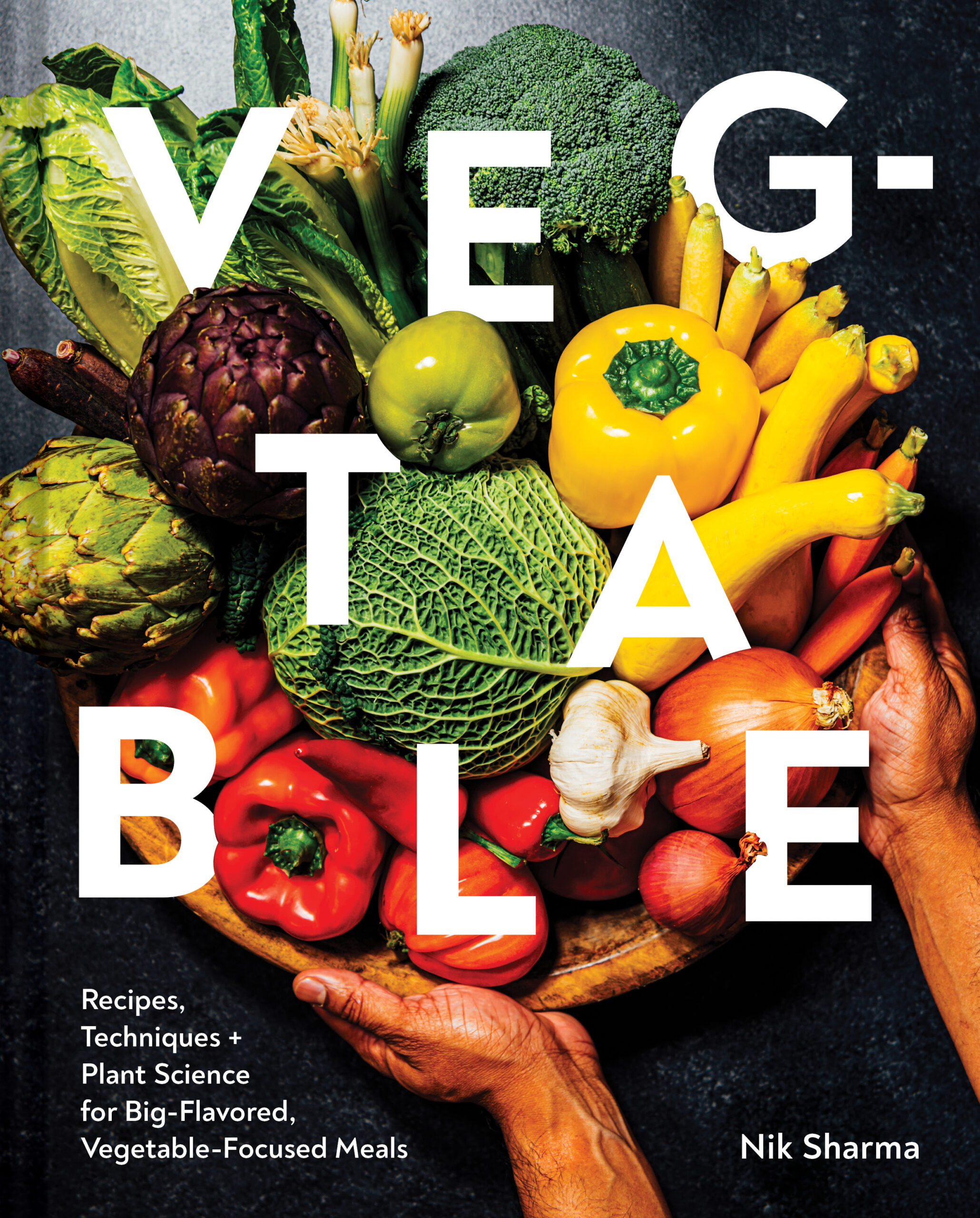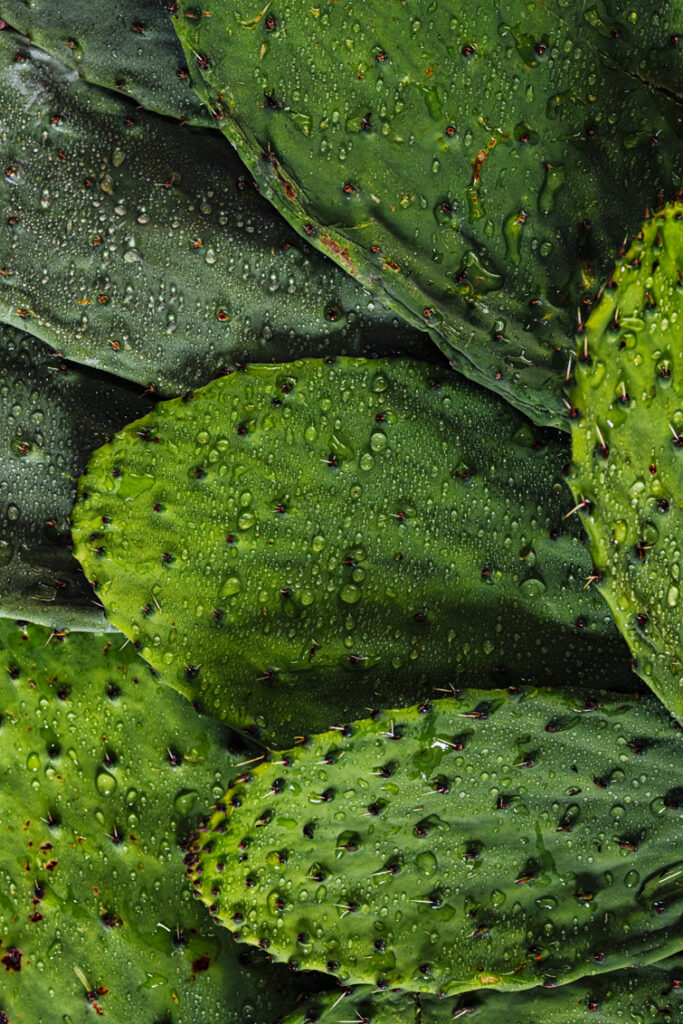Throughout history, humans have tried to remove them by breeding them or using methods to destroy the poisons and render them inactive. Humans have also used these plant poisons to kill, and there are frequent mentions of instances where people employed plant poisons in assassinations to achieve their ulterior motives. For example, belladonna from the nightshade plant family was used to create poisonous arrows, and Socrates was poisoned with tea or water mixed with hemlock. Plant poisons are even popular in crime literature. One of my favorite crime writers, Agatha Christie, was fascinated by poisonous plants and their toxic chemicals, and they often showed up in her books – morphine, ricin, belladonna, cyanide, etc. The list is long. But plant poisons have been tremendously useful in science and technology. Lectins, a toxic carbohydrate-binding protein found in many plants, including beans, is used in medicine to identify blood groups and separate and isolate stem cells. Several toxic plant chemicals are also being used to develop treatments that target diseases like cancer and a wide variety of bacterial, viral, and fungal infections. New technologies also utilize plant toxins to kill harmful insects that destroy plants and crops. To continue reading, please visit my newsletter, The Flavor Files. Comment * Name * Email * Website Save my name, email, and website in this browser for the next time I comment.
Δ


